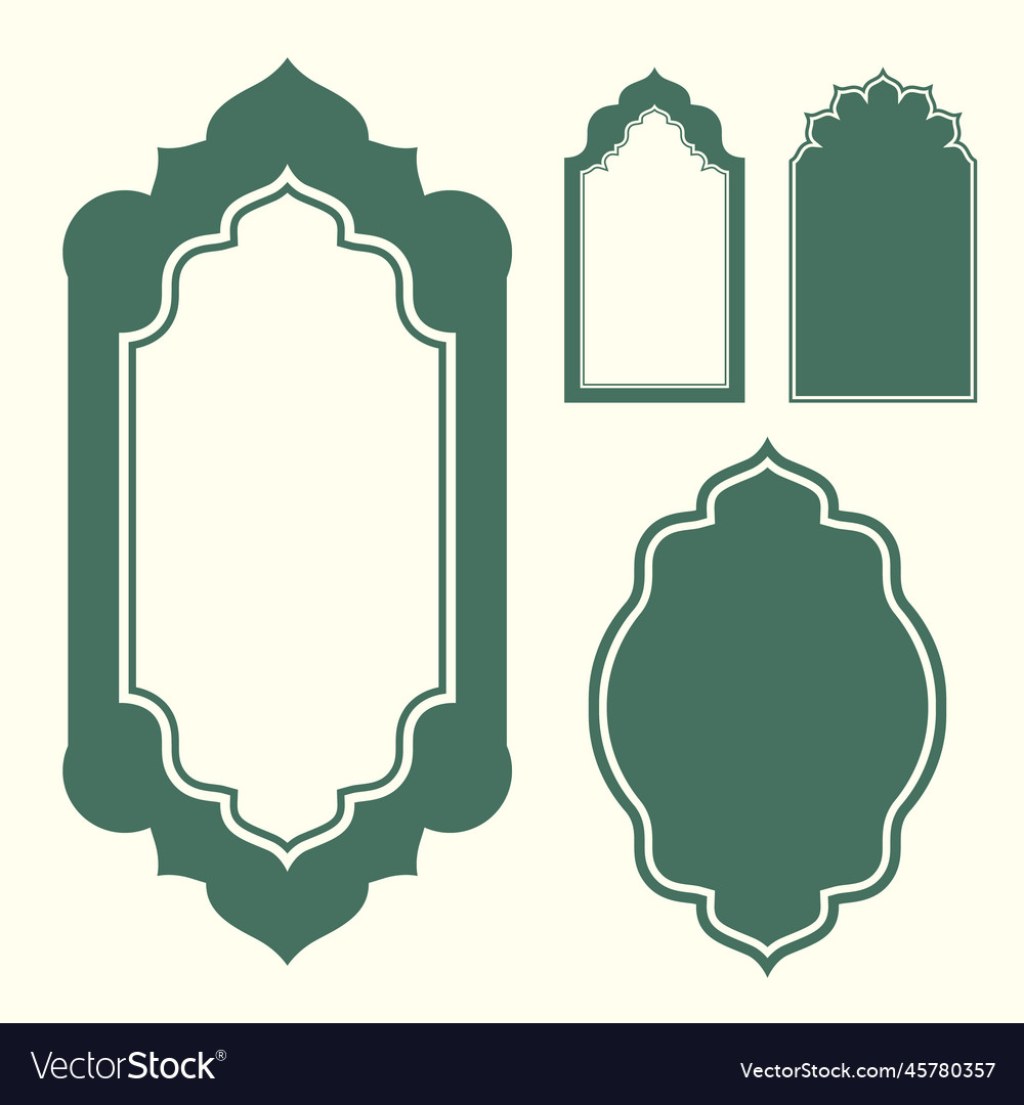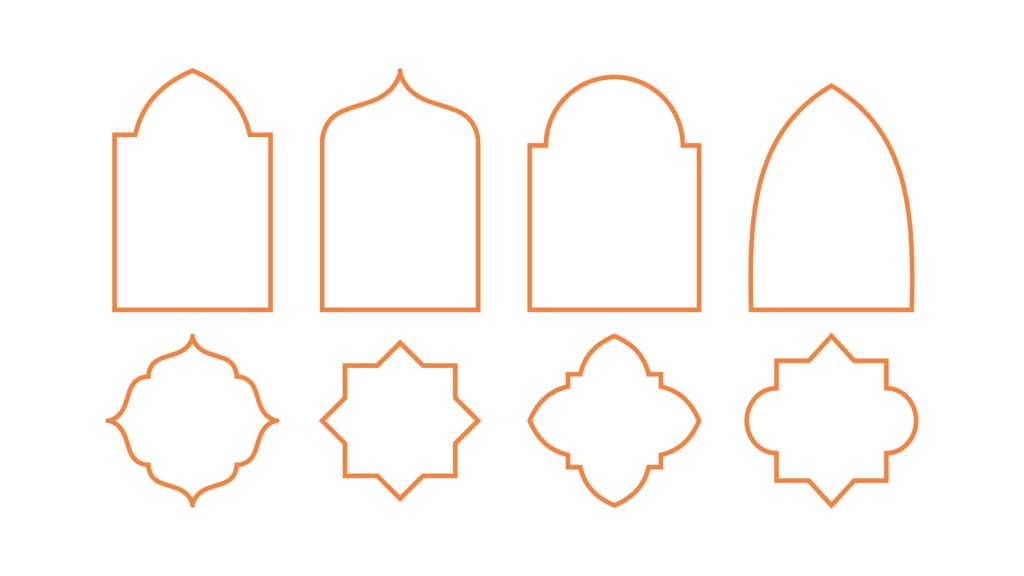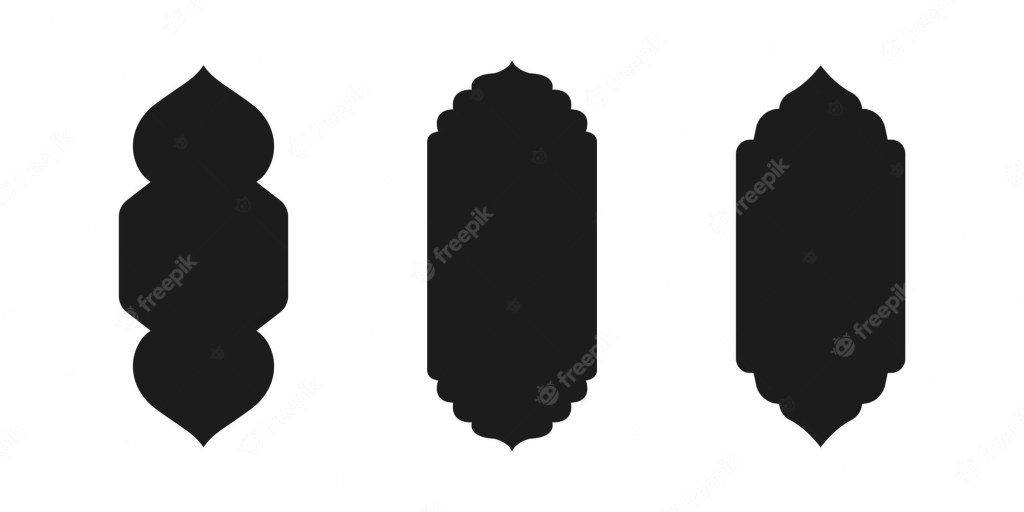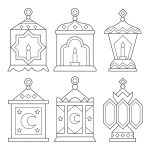Discover The Magnificent Ramadan Shapes That Will Ignite Your Spirit
Ramadan Shapes: Exploring the Beauty and Meaning Behind Islamic Geometric Patterns
Introduction
Assalamualaikum, Ramadhan enthusiasts! As the holy month of Ramadan approaches, Muslims all around the world prepare for a time of self-reflection, prayer, and spiritual growth. One of the fascinating aspects of Islamic art and design is the intricate geometric patterns known as Ramadan shapes. These shapes hold deep symbolism and are a visual representation of the unity and harmony found in Islamic teachings. In this article, we will delve into the significance and beauty behind Ramadan shapes, exploring their history, meanings, and how they are incorporated into various aspects of Islamic culture.
3 Picture Gallery: Discover The Magnificent Ramadan Shapes That Will Ignite Your Spirit



Now, let us embark on a journey to discover the mesmerizing world of Ramadan shapes and gain a deeper understanding of their importance in Islamic traditions!
Table: Ramadan Shapes

Image Source: vectorstock.com
Shape
Symbolism
Examples
Tessellations
Unity and interconnectedness
Alhambra Palace, Topkapi Palace
Arabesques
Infinite nature of God
Calligraphy, mosque decorations
Stars and Octagons
Order and balance
Blue Mosque, Dome of the Rock

Image Source: vecteezy.com
Floral Motifs
Beauty and growth
Iznik ceramics, Iranian rugs
What are Ramadan Shapes?
Ramadan shapes refer to the intricate geometric patterns found in Islamic art and architecture. These shapes are characterized by their mathematical precision, symmetry, and repetition. They are a visual representation of the underlying order and unity in the universe, reflecting the teachings of Islam.
Who Uses Ramadan Shapes?

Image Source: freepik.com
Ramadan shapes are used by Muslims around the world as a form of artistic expression and a way to enhance the spiritual atmosphere during the holy month of Ramadan. These shapes are also prominent in Islamic architecture, such as mosques and palaces, where they adorn walls, ceilings, and floors.
When Were Ramadan Shapes First Used?
The intricate geometric patterns that we now associate with Ramadan shapes have their roots in ancient Islamic art and design. They gained prominence during the Islamic Golden Age (8th to 14th centuries) and continue to be used and admired to this day.
Where Can We Find Ramadan Shapes?
Ramadan shapes can be found in various parts of the world where Islamic art and culture have flourished. They are particularly prevalent in regions such as the Middle East, North Africa, and South Asia. One can encounter these beautiful shapes in historical sites, museums, and even in contemporary Islamic art.
Why Are Ramadan Shapes Significant?
Ramadan shapes hold deep symbolism in Islamic culture. They represent the divine order and unity of the universe, reminding believers of the interconnectedness of all things. These shapes also serve as a visual aid for meditation and contemplation, helping individuals achieve a state of tranquility and spiritual enlightenment.
How Are Ramadan Shapes Created?
The creation of Ramadan shapes requires a meticulous process that combines mathematical precision with artistic creativity. These shapes are often constructed using a compass and straightedge to achieve perfect symmetry and balance. Traditional artisans spend years mastering the techniques required to create these intricate patterns.
Advantages and Disadvantages of Ramadan Shapes
Advantages:
Enhance spiritual atmosphere during Ramadan
Symbolize unity and interconnectedness
Add beauty and aesthetic appeal to Islamic art and architecture
Encourage mindfulness and meditation
Preserve and promote Islamic cultural heritage
Disadvantages:
Require skilled artisans and resources to create
Can be time-consuming and expensive to incorporate in modern designs
May limit artistic freedom due to strict geometric rules
Can be challenging to maintain and restore in historical sites
Not widely understood or appreciated outside of Islamic culture
Frequently Asked Questions (FAQs) about Ramadan Shapes
Q: Are Ramadan shapes only found in Islamic art?
A: While Ramadan shapes are prominently featured in Islamic art, they can also be found in other cultures and art forms. Islamic art, however, has perfected the use of these shapes and incorporated them into various artistic expressions.
Q: Can I create my own Ramadan shapes?
A: Absolutely! While creating intricate Ramadan shapes requires skill and practice, anyone can learn the basics and create their own unique designs.
Q: Are there specific rules for creating Ramadan shapes?
A: Yes, there are specific rules and guidelines that govern the creation of Ramadan shapes. These rules ensure the geometric precision and harmony of the patterns.
Q: What materials are commonly used to incorporate Ramadan shapes in art and design?
A: Traditional materials include ceramic tiles, wood carvings, and stone. However, modern interpretations often utilize materials such as glass, metal, and even digital media.
Q: How can I learn more about Ramadan shapes?
A: There are numerous books, online resources, and courses available that delve into the history, techniques, and symbolism of Ramadan shapes. Exploring these resources can deepen your understanding and appreciation of this art form.
Conclusion
As we conclude our exploration of Ramadan shapes, we are reminded of the richness and diversity of Islamic art and culture. These intricate geometric patterns not only captivate the eye but also serve as a window into the spiritual world of Islam. Whether found in ancient mosques, contemporary artworks, or within the hearts of believers, Ramadan shapes continue to inspire and uplift individuals of all backgrounds. Let us embrace the beauty and meaning behind these shapes and seek to incorporate their symbolism of unity and harmony in our own lives.
Final Remarks
In writing this article, it is important to acknowledge that the exploration of Ramadan shapes only scratches the surface of the vast world of Islamic art and culture. The beauty and significance of these shapes cannot be fully encapsulated in a single piece of writing. We encourage you, Ramadhan lovers, to continue delving into this rich heritage, exploring its depth and meaning. May the beauty of Ramadan shapes inspire us all to seek unity, harmony, and spiritual enlightenment.
This post topic: Ramadhan


